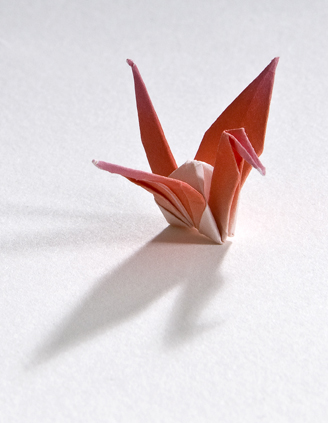Chemotherapy is effective in the treatment of medulloblastoma, as the tumor has:
- Rapid growth rate
- High mitotic index
- Proximity to ventricular cavity and subarachnoid space
Chemotherapy is usually used as adjuvant therapy with radiation therapy (RT) after surgical resection or as treatment for advanced or recurrent disease.
- It also serves an important function in younger children in delaying the administration of RT, decreasing the radiation dose and in some cases successfully avoiding the use of RT altogether.
- It is always given as an alternative to radiation therapy in children under age 3.
- For those aged 3 - 8, administration is dependent on the individual case and the extent of disease.
- Children older than 5 years with standard (average) risk disease are usually given lower dose (23.4 Gy in 180 cGy fractions) RT to the craniospinal axis with a chemotherapy regimen.
- Children older than five years with high risk medulloblastoma are often given high dose craniospinal RT (36 Gy in 20 fractions) with boosts to the primary site and bulky metastases, in addition to chemotherapy during and after RT.
The ideal chemotherapy regimen has yet to be found.
- Several different protocols are available, and debate continues as to which is most effective.
- One of the earlier more aggressive protocols include the “8 drugs in 1 day” protocol, where the patient was given vincristine, carmustine (BCNU) , procarbazine, hydroxyurea, cisplatin, cytarabine, predisone, and cyclophosphamide all in one day.
- This 8-in-1 protocol was studied in the CCG-921 infant brain tumor study. The data in patients with medulloblastoma showed a 29% 3 year PFS if M0 in infants treated with chemotherapy alone in contrast to a 67% 3 year PFS when treated with combined chemotherapy and radiation.
- It was therefore hypothesized that a subset of medulloblastomas are long-term survivors with chemotherapy alone.

